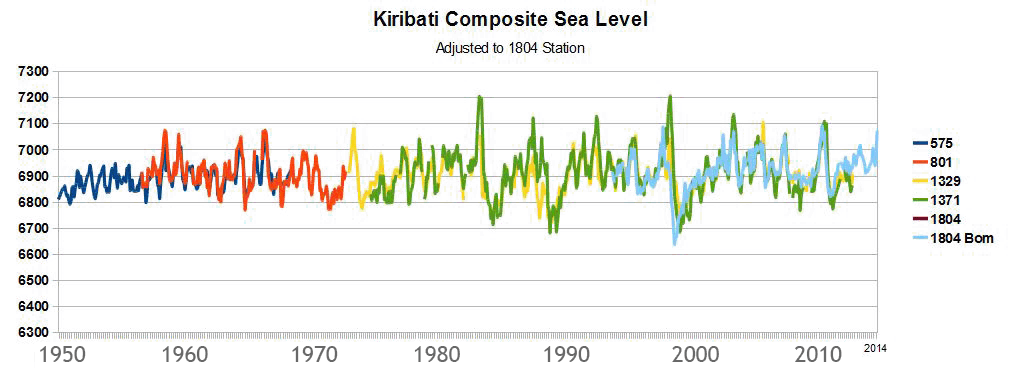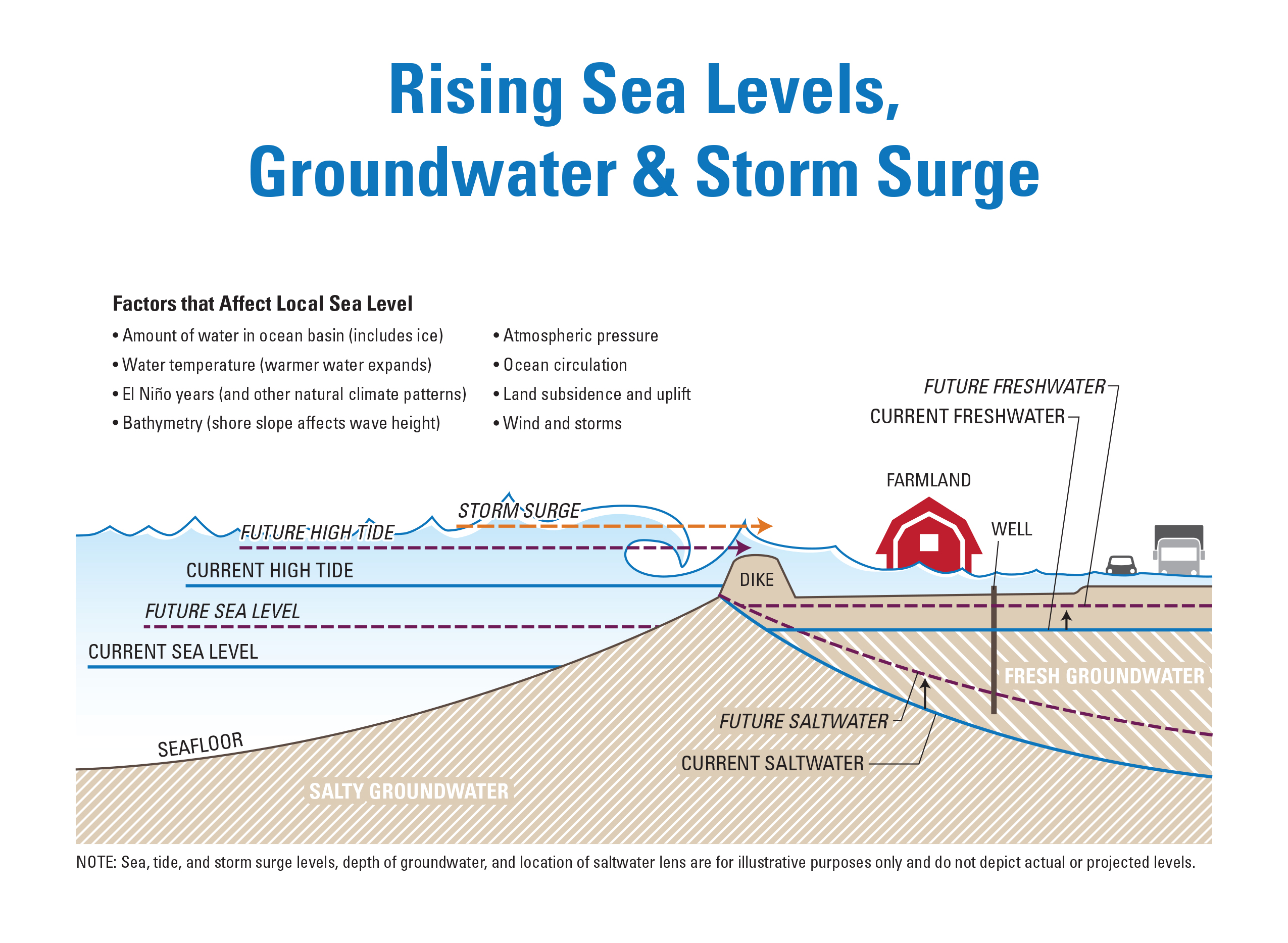

The vector "slr" data represent inundation that is hydrologically connected to the ocean. The vector data represent the horizontal extent of both hydrologically connected and unconnected inundation.

The raster data represent both the horizontal extent of inundation and depth above ground, in meters.

It is simply a method to derive data in order to visualize the potential scale, not exact location, of inundation from sea level rise.īoth raster and vector data are provided for each sea level rise amount above MHHW. The model used to produce these data does not account for erosion, subsidence, or any future changes in an area's hydrodynamics.
#EARTHTIME SEA LEVEL RISE DATA SOURCE SOFTWARE#
The tidal model is created using the NOAA National Geodetic Survey's VDATUM datum transformation software () in conjunction with spatial interpolation/extrapolation methods and represents the MHHW tidal datum in orthometric values (North American Vertical Datum of 1988). The process uses two source datasets to derive the final inundation rasters and polygons and accompanying low-lying polygons for each iteration of sea level rise: the Digital Elevation Model (DEM) of the area and a tidal surface model that represents spatial tidal variability. The process used to produce the data can be described as a modified bathtub approach that attempts to account for both local/regional tidal variability as well as hydrological connectivity. These data depict the potential inundation of coastal areas resulting from a projected 0.5 to 10 feet rise in sea level above current Mean Higher High Water (MHHW) conditions in half foot increments. The Sea Level Rise and Coastal Flooding Impacts Viewer may be accessed at: Data and maps provided can be used at several scales to help gauge trends and prioritize actions for different scenarios. The viewer is a screening-level tool that uses nationally consistent data sets and analyses. The purpose of the mapping viewer is to provide coastal managers and scientists with a preliminary look at sea level rise (slr) and coastal flooding impacts. These data were created as part of the National Oceanic and Atmospheric Administration Office for Coastal Management's efforts to create an online mapping viewer depicting potential sea level rise and its associated impacts on the nation's coastal areas. NOAA Office for Coastal Management Sea Level Rise Data: 1-10 ft Sea Level Rise Inundation Extent


 0 kommentar(er)
0 kommentar(er)
